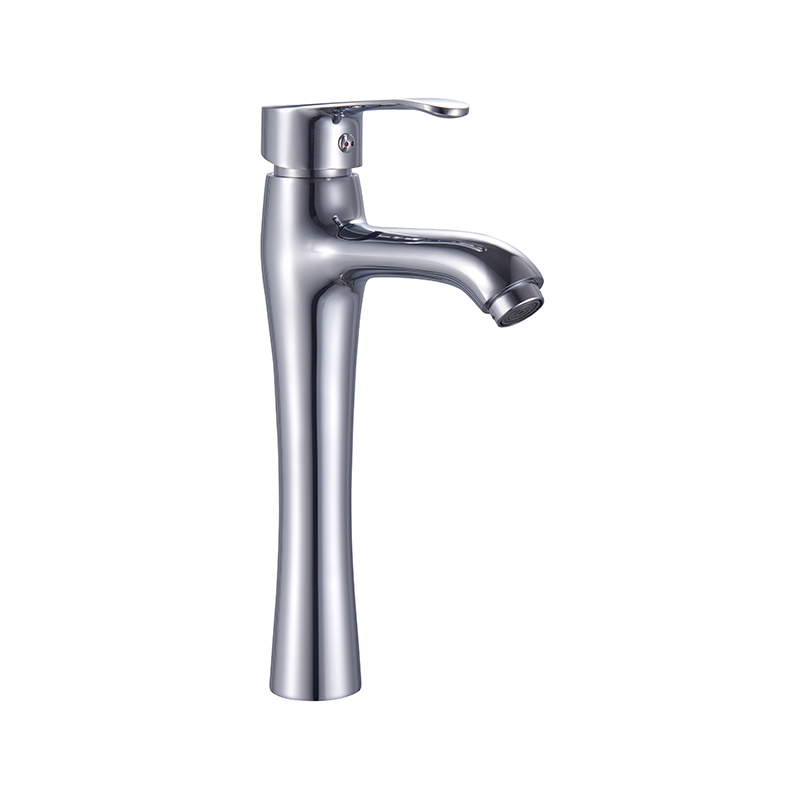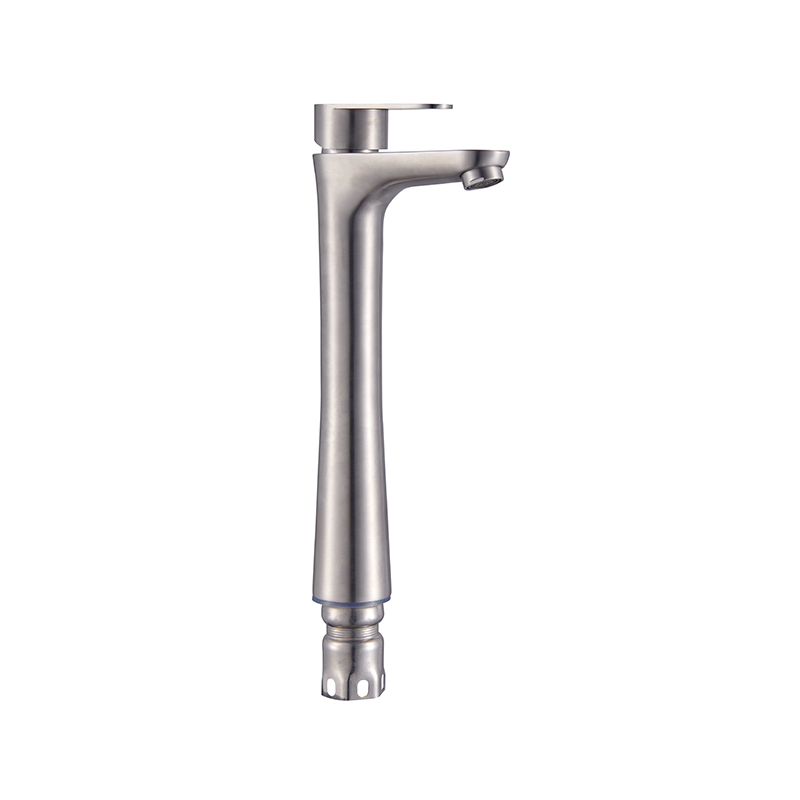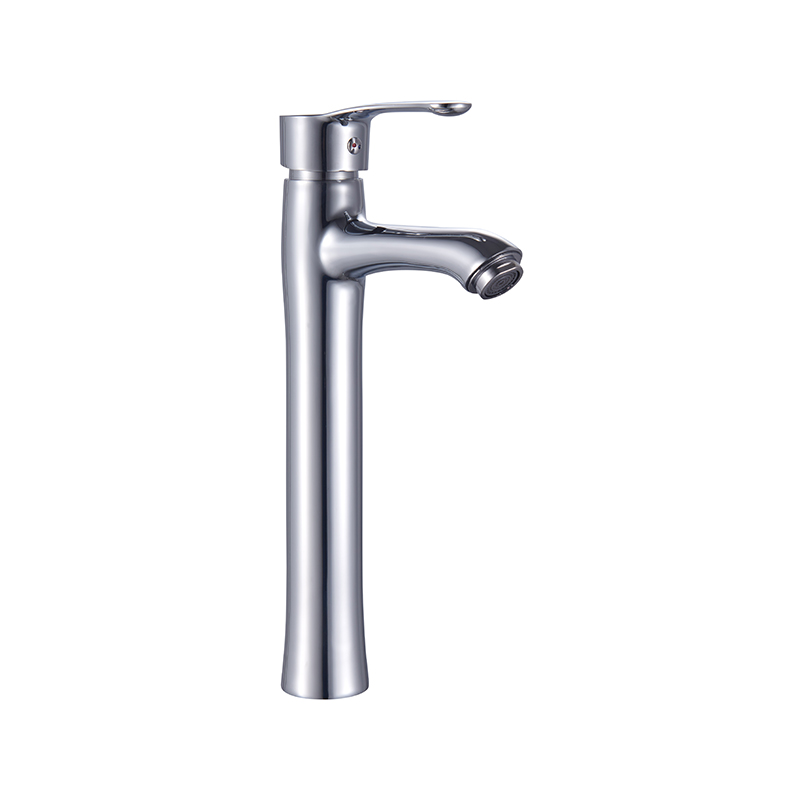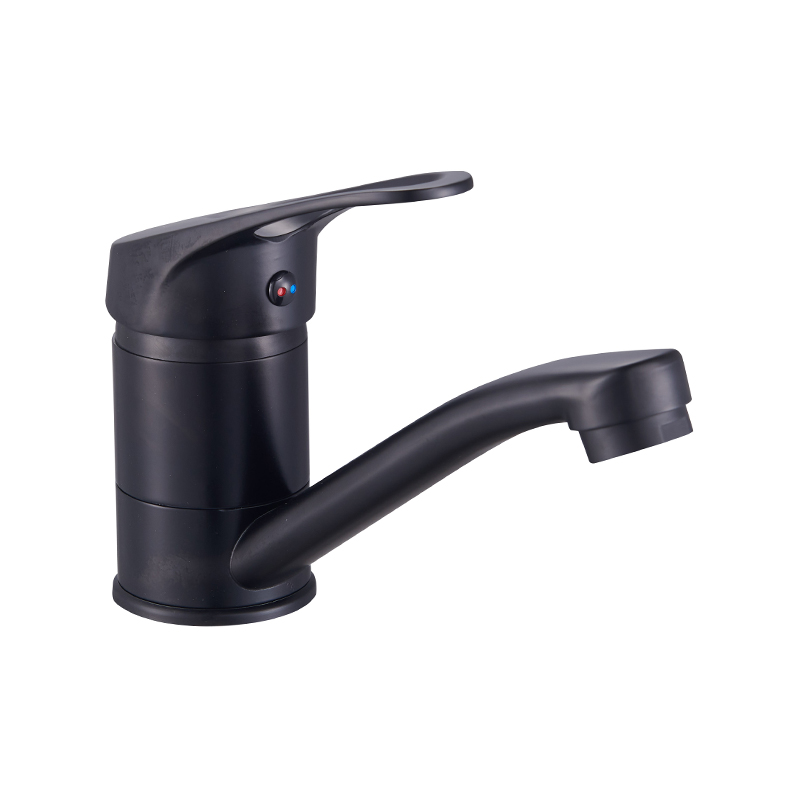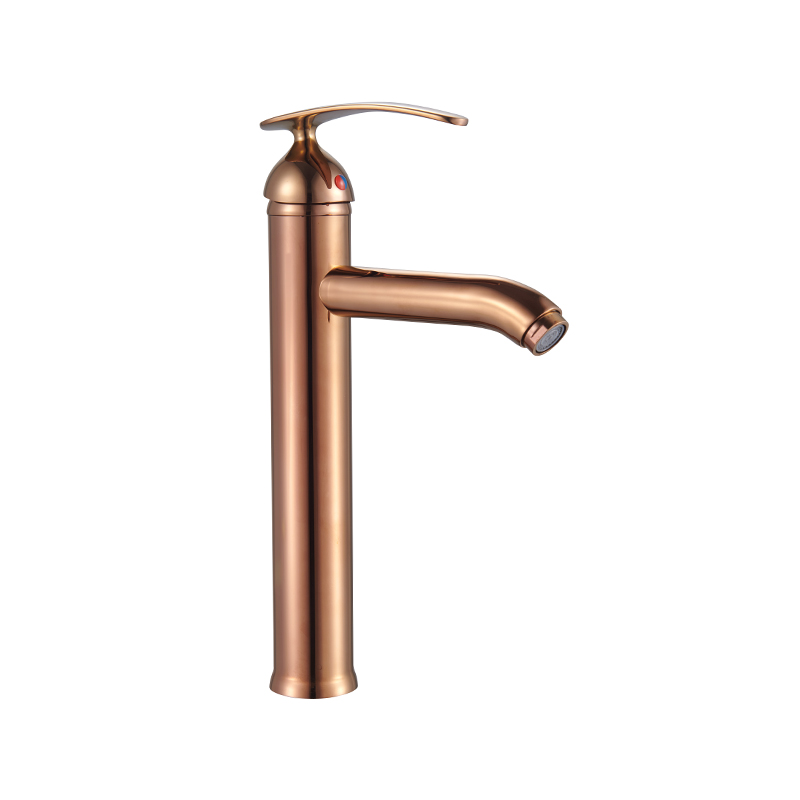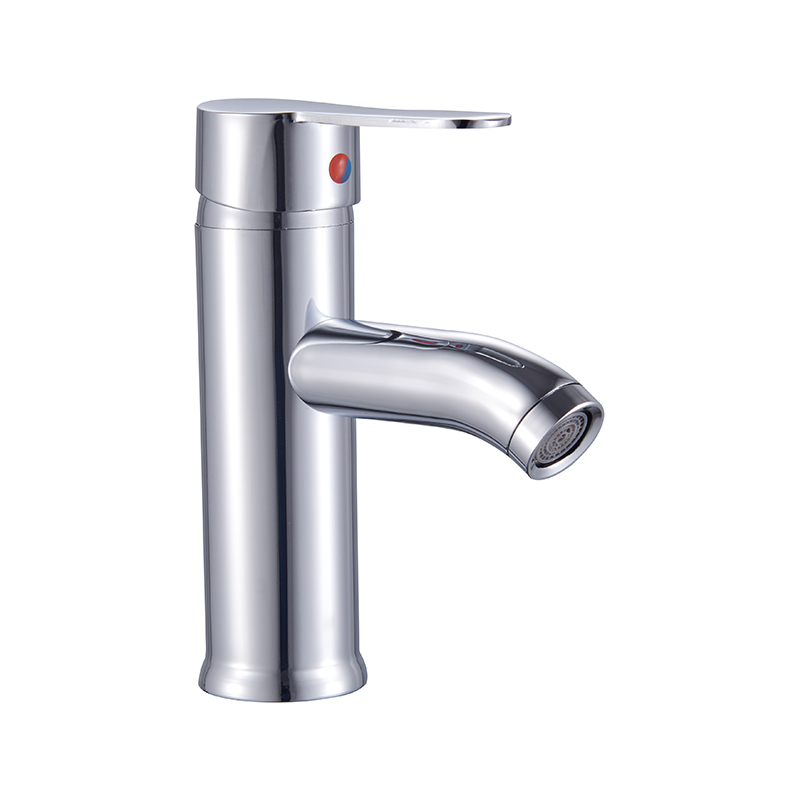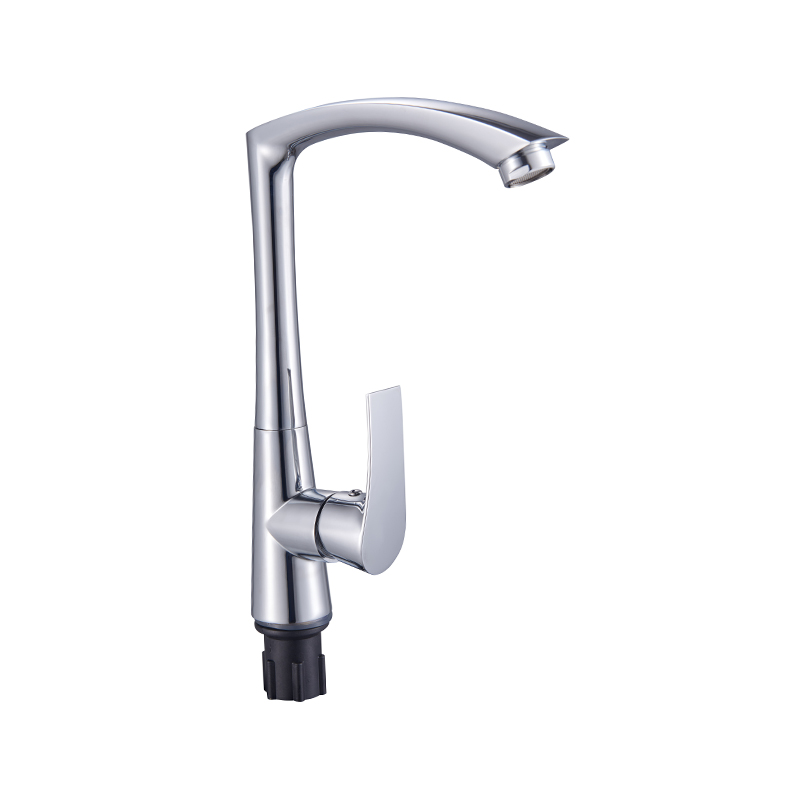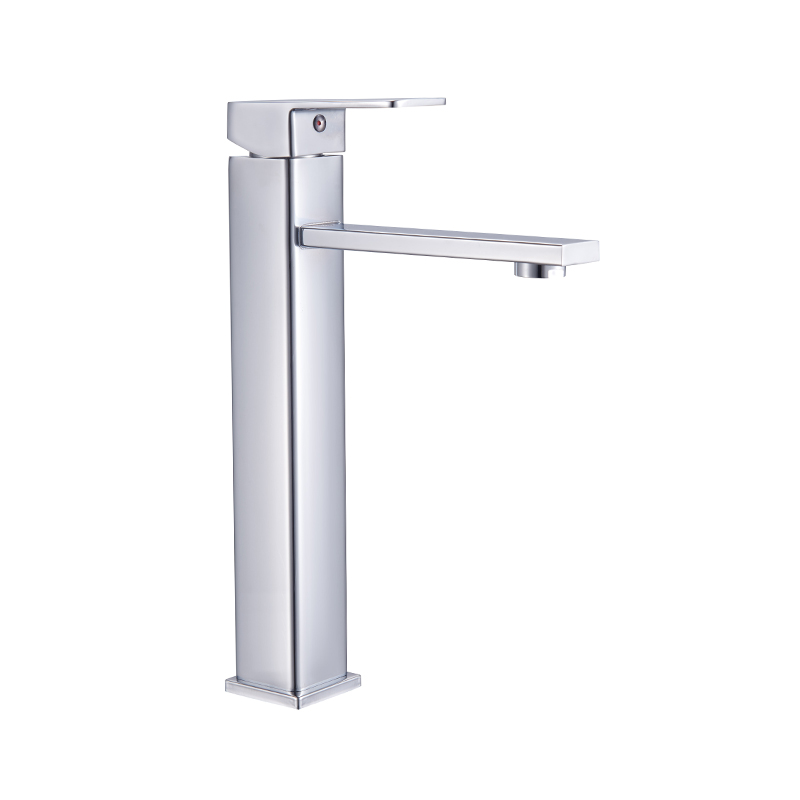In modern kitchen layouts, the sink area often becomes a visual anchor. The sink mixer—its shape, finish, and arc—draws the eye. When you approach a kitchen taps manufacturer or sink mixer factory for customized finishes (matte black, brushed nickel, soft gold), you’re effectively selecting a “design signature” for your kitchen.
1. Style Matching & Theme Coherence
Mixing Finishes or Coordinating
One popular trend is mixing metallic finishes intentionally (e.g. bronze mixer with matte black hardware) to create layered depth. But the key is doing it with deliberation. Asking your kitchen taps manufacturer or sink mixer factory for consistent finish thickness and color palette ensures the visual coherence holds long-term.
From Minimal to Statement Designs
Some kitchens pursue ultra-minimalism: concealed mixers, retractable spouts, or touch-based activation. Others opt for bold, sculptural mixers with angular shapes or industrial flair.
Line Continuity & Geometry
It helps if the mixer’s curves echo other elements in the kitchen—arching spouts reflecting cabinet curves, or sharp angles mirroring countertop lines. A kitchen taps manufacturer with design support (rendering, prototyping) can help maintain that visual flow.

2. Practical Design Considerations That Support Aesthetics
Functionality Without Compromise
Aesthetics must coexist with usability. Pull-down or pull-out spray functionality should be smooth and hidden when not in use. Ask your sink mixer factory about the hose retraction mechanism, spray modes, and how clean the transition between “show” and “use” looks.
Water Flow & Splash Control
A mixer might look sleek, but if it sprays water all over the place, the design fails in practice. A good kitchen taps manufacturer ensures the aerator design reduces splash and maintains appropriate flow.
Proportions & Scale
Too large a mixer can dwarf a small sink; too slim a unit may look out of place next to thick stone or large bowl sinks. Before ordering from a sink mixer factory, check mockups or dimensional drawings to confirm proportions work in your real space.
Ease of Use & Maintenance
Subtle but important: handles should move smoothly, seals should be concealed, and cleaning should be easy. If your mixer has curves or recesses, they should be reachable for wiping. A kitchen taps manufacturer who designs with maintenance in mind helps prevent dust traps, grime buildup, or fingerprint issues.
3. Trends & Innovations to Watch
Water-Saving & Eco Features
Eco-conscious homeowners now expect mixers with flow limiting, aerators, or smart shut-off features. Working with a kitchen taps manufacturer that embeds these into design (not as add-ons) gives your kitchen both eco credibility and seamless appearance.
Custom & Bespoke Options
As consumers demand uniqueness, kitchen taps manufacturers often provide custom mixers—adjustable arc heights, tailor-made finishes, or personalized engraving. A sink mixer factory with prototyping and small-batch flexibility is an asset here.
Minimalist & Hidden Designs
Concealed or drop-down mixers that disappear when not in use are emerging as premium design trends. To support this, a sink mixer factory must design reliable mechanisms that survive repeated retracting cycles.
4. How to Communicate Your Design Intent to Manufacturers
If you’re commissioning sinks & mixers for a project, follow these tips:
Provide full context (sink models, countertop thickness, adjacent fixtures, lighting) when reaching out to the kitchen taps manufacturer or sink mixer factory.
Ask for 3D visualizations or prototypes to preview scale and finish under your lighting conditions.
Specify tolerances and motion expectations (how far a handle moves, how tight a retract, how silent the swivel).
Request sample finishes for your design palette before full production.
Confirm maintenance and seal access—a beautiful mixer is only sustainable if serviceable.
 Language
Language
 English
English русский
русский Español
Español عربى
عربى Phone
Phone
 Email
Email



